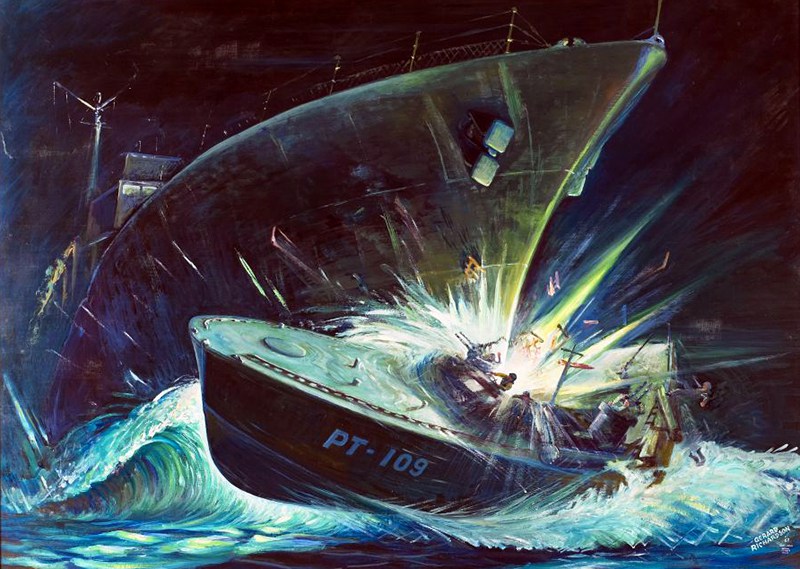PT-109: The Story of a Miracle
PT-109: The Story of a Miracle 75 years ago today, in the midst of WWII, a tragedy happened in the Solomon Islands. It took place in Blackett… Read More »PT-109: The Story of a Miracle
PT-109: The Story of a Miracle 75 years ago today, in the midst of WWII, a tragedy happened in the Solomon Islands. It took place in Blackett… Read More »PT-109: The Story of a Miracle
